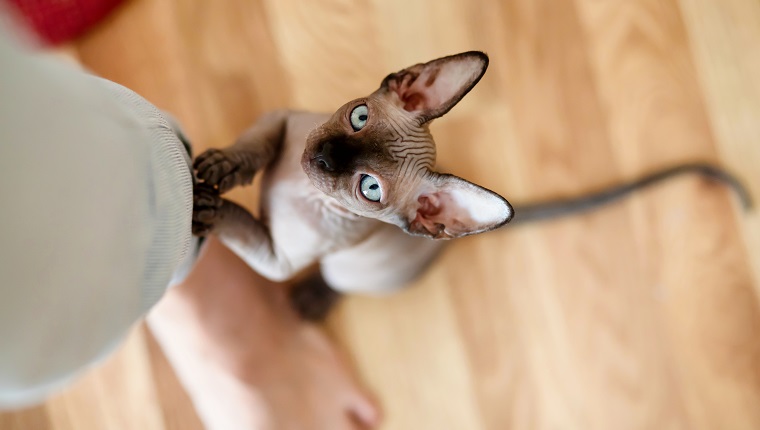October 14th is officially known as Be Bald And Free Day. It’s a special celebration for humans of the less hirsute variety, but it’s also a smart prompt to take a peek into the very distinctive world of hairless cats.
Hairless cats can be pretty controversial. Some people love the bald look, but others are put off by felines with no fur. We true cat lovers believe all kitties deserve love, regardless of how much hair they have!
In honor of naturally bald cats across the world, here are six things you need to know about hairless felines.
Do you have any other facts to share about hairless kitties? Are you celebrating Be Bald And Free Day with a follicle-ly challenged cat? Let us know in the comments below!
Fascinating Facts About Hairless Cats
-
There Are Several Breeds Of Hairless Cats
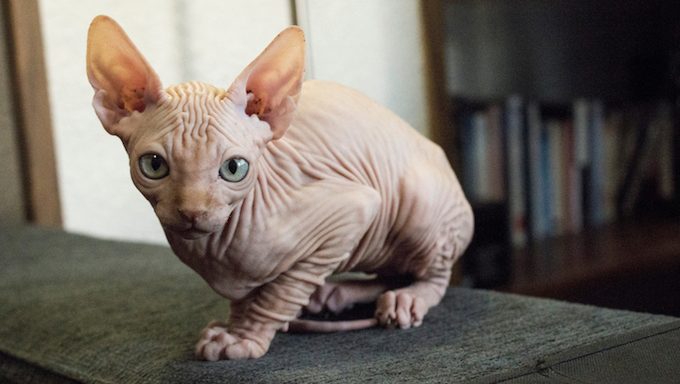
(Picture Credit: Getty Images)
The Sphynx is the most recognizable hairless cat, but it's not the only hairless breed. And despite sounding like they hail from the Egyptian desert, the Sphynx actually originates in Canada.
Other popular hairless cat breeds include the Donskoy, who comes equipped with webbed toes, the Minskin, whose short legs almost resemble those of a Dachshund, and the Elf Cat, whose ears bring to mind the fantasy creature they're named for.
There are five or six hairless cat breeds in all, depending on who you ask.
-
Hairless Cats Need Bathing
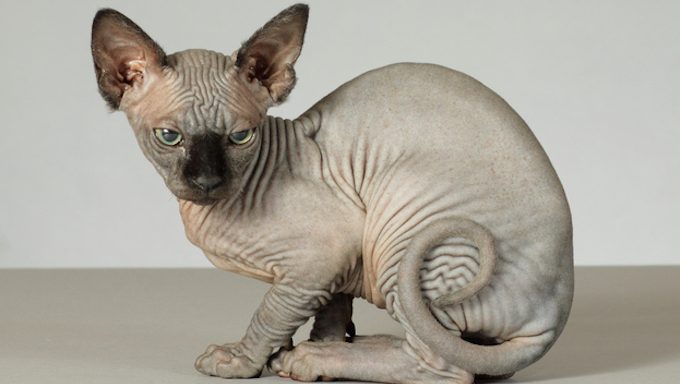
(Picture Credit: Getty Images)
While most cats are well within their rights to start hissing and caterwauling if you so much as suggest that you might want to give them a weekly bath, hairless cats have to be bathed as part of their grooming routine.
This is because our hairless feline friends aren't equipped with any fur to absorb oils, so those oils need to be washed away.
-
Hairless Cats Get Cold
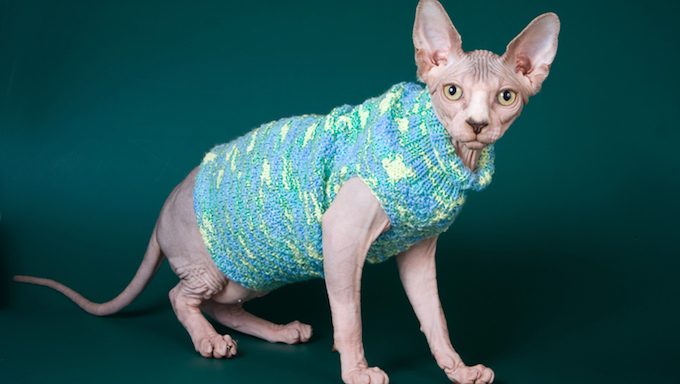
(Picture Credit: Getty Images)
Humans often like to quip that cats and dogs are fine with colder weather because they walk around in a fur coat all day, but obviously that doesn't apply to the hairless feline.
That's why you'll often see photos of hairless cats dressed up in sweaters during fall and winter to help regulate their body temperature.
-
Hairless Cats Have Big Appetites
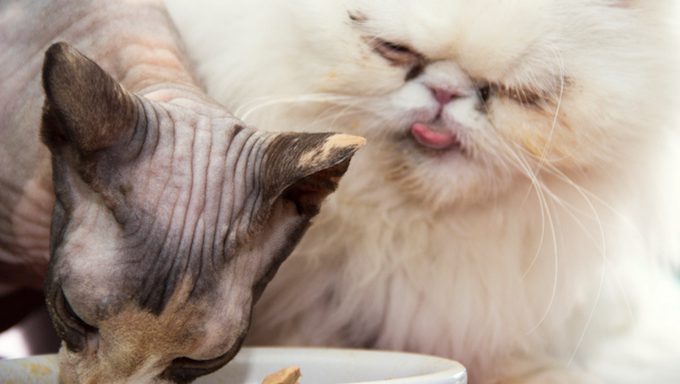
(Picture Credit: Getty Images)
Being that hairless cats can get colder more quickly than furry felines, it follows that their metabolisms work a little faster.
That means hairless cats often chow down larger meal portions.
-
Hairless Cats Don't Just Come In Pink
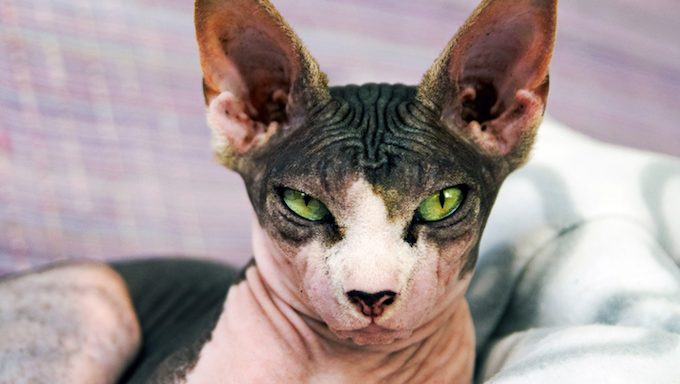
(Picture Credit: Getty Images)
It's common to think that all hairless cats are a pink color. But the various breeds can actually come with their own patterned markings and shadings.
Yep, even tortoiseshell hairless kitties exist!
-
Hairless Hypoallergenic Cats Are A Bit Of A Myth
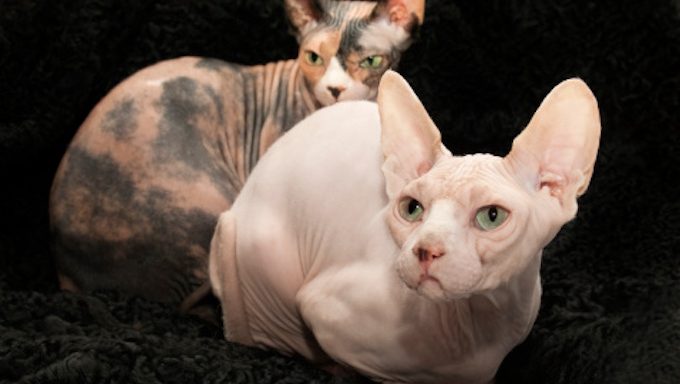
(Picture Credit: Getty Images)
It's often assumed that humans are allergic to cats because they have a reaction to the feline's fur, but the case of hairless cats suggests otherwise.
They're not totally hypoallergenic because they still secrete the protein Fel d 1 through their skin and saliva, and this means that humans can still become allergic to them.
